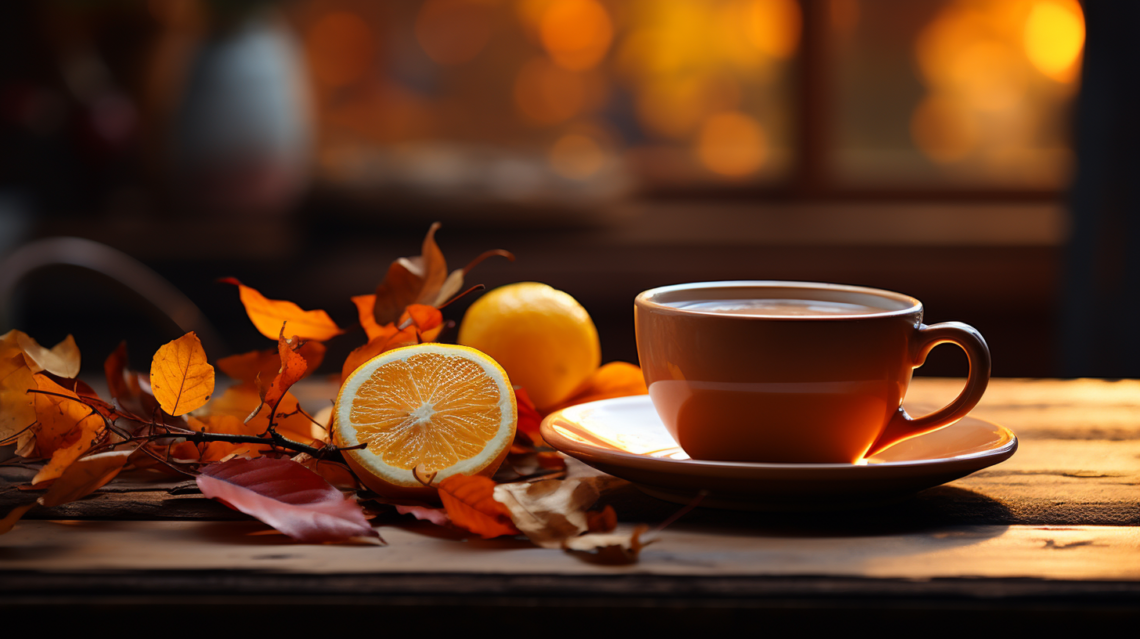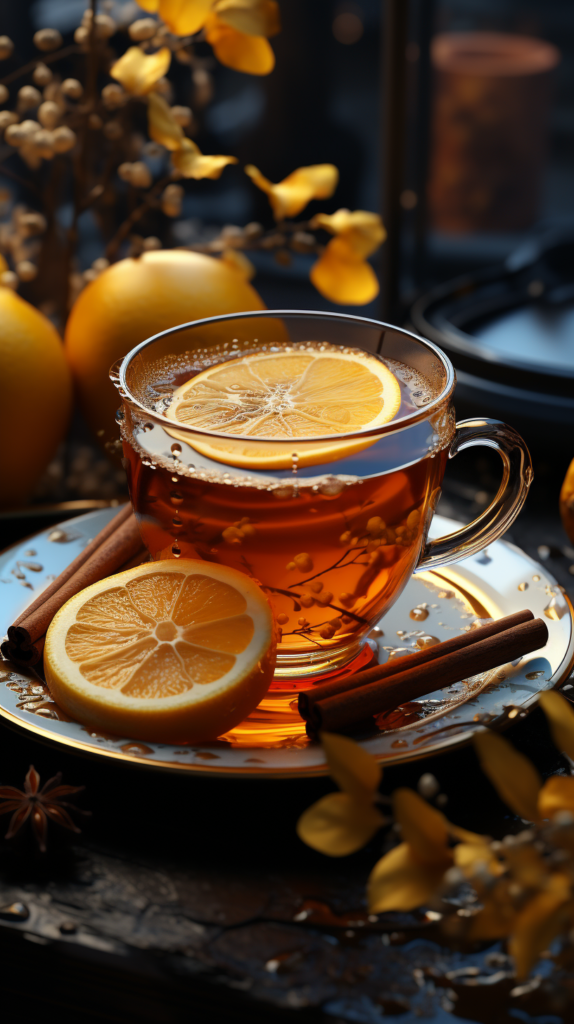
Canada’s Fall Health Landscape
In Canada, the intoxicating embrace of autumn is a sensory marvel. Yet, beneath this lies health challenges that Canadians often grapple with during this time of year. Let’s delve into those challenges and arm ourselves with knowledge to ensure a seamless, healthy transition into the colder months.
 Flu Season Frenzy and COVID-19: One of the most prominent health concerns as summer wanes is the flu. Every year, countless Canadians find themselves sidelined by this viral adversary. But beyond the widely advocated annual flu shot, there are numerous steps to consider. For starters, reinforcing personal hygiene can’t be overstated. The regular disinfecting of commonly touched surfaces, coupled with thorough handwashing, can go a long way. Additionally, fortifying one’s diet with antioxidant-rich foods, replete with vitamins C and E, offers another layer of defence against the influenza onslaught. In the age of COVID-19, these precautions become doubly important. While vaccinations for COVID-19 have rolled out and many have embraced them, the potential for new variants and breakthrough infections makes continued vigilance essential. Combining the precautions we’ve taken for COVID-19 — mask-wearing in crowded or indoor spaces, maintaining physical distance where appropriate, and avoiding large gatherings during outbreaks — with our flu prevention strategies can offer a comprehensive shield against respiratory illnesses during the fall.
Flu Season Frenzy and COVID-19: One of the most prominent health concerns as summer wanes is the flu. Every year, countless Canadians find themselves sidelined by this viral adversary. But beyond the widely advocated annual flu shot, there are numerous steps to consider. For starters, reinforcing personal hygiene can’t be overstated. The regular disinfecting of commonly touched surfaces, coupled with thorough handwashing, can go a long way. Additionally, fortifying one’s diet with antioxidant-rich foods, replete with vitamins C and E, offers another layer of defence against the influenza onslaught. In the age of COVID-19, these precautions become doubly important. While vaccinations for COVID-19 have rolled out and many have embraced them, the potential for new variants and breakthrough infections makes continued vigilance essential. Combining the precautions we’ve taken for COVID-19 — mask-wearing in crowded or indoor spaces, maintaining physical distance where appropriate, and avoiding large gatherings during outbreaks — with our flu prevention strategies can offer a comprehensive shield against respiratory illnesses during the fall.
Seasonal Affective Disorder (SAD): Diminishing daylight doesn’t just alter our daily routines. For a significant number, it leads to a mood shift characterized by Seasonal Affective Disorder or SAD. Light therapy has emerged as a beacon of hope for many. But holistic approaches, like maintaining a regimented sleep cycle, forging social connections, and physical activity, play a pivotal role.
Autumn Allergies: Many mistakenly believe that allergies are the preserve of spring. However, ragweed pollen looms large in the fall. Add to that the mould spores from decaying foliage, and you have a recipe for sniffles, sneezes, and watery eyes. While staying indoors on high pollen days and using air purifiers are valid strategies, additional measures like evening showers to wash off lingering allergens and changing into house clothes can prove beneficial.
Combatting Skin’s Cry for Help: The chilly autumn air, while refreshing, can be harsh on our skin. Dryness, flakiness, and eczema flare-ups become more frequent complaints. To counter this, it’s advisable to revamp one’s skincare routine. Exfoliating helps shed dead skin cells, paving the way for hydrating creams to work their magic. Drinking ample water keeps the skin hydrated from within, and the occasional pampering with a hydrating mask can make a world of difference.
Navigating Joint Pain and Arthritis: The dampness and chill of fall can spell trouble for those prone to joint pain or suffering from arthritis. While keeping active, especially indoors, is crucial, there’s more that can be done. Incorporating anti-inflammatory foods, such as turmeric, ginger, and omega-3 rich fish, can alleviate some symptoms. Warming ointments and gels provide temporary relief, but the real key is maintaining joint mobility, which might entail therapies or targeted exercises.
Safety in Slippery Times: The beauty of falling leaves can have a flip side — they can make pathways slippery and treacherous. Ensuring your footwear has adequate grip and being particularly vigilant during early mornings when frost is common can prevent unwanted accidents.
Vitamin D’s Disappearance: Our body’s ability to produce Vitamin D takes a hit with the reduced sunlight. While Vitamin D-rich foods and supplements are obvious solutions, under professional guidance, some individuals benefit from specific UV sessions designed to boost Vitamin D synthesis.
Cardiovascular Care: Cold weather can strain the heart. Increased blood pressure and blood vessel constriction in colder temperatures mean those with heart conditions should exercise added caution. Monitoring alcohol intake, avoiding excessive physical exertion, especially in cold outdoor settings, and seeking prompt medical attention for unusual symptoms can be life-saving.
Tackling Dietary Temptations: Autumn introduces a bevy of comfort foods and festive delicacies. While indulgence is part of the seasonal joy, moderation is vital. Prioritizing root vegetables, whole grains, and lean proteins, while occasionally yielding to the allure of pies and pastries, strikes a harmonious balance.
In conclusion, while autumn in Canada presents its set of health challenges, they are by no means insurmountable. Equipped with awareness and proactive measures, one can not only navigate these potential pitfalls but truly relish the fall season.
